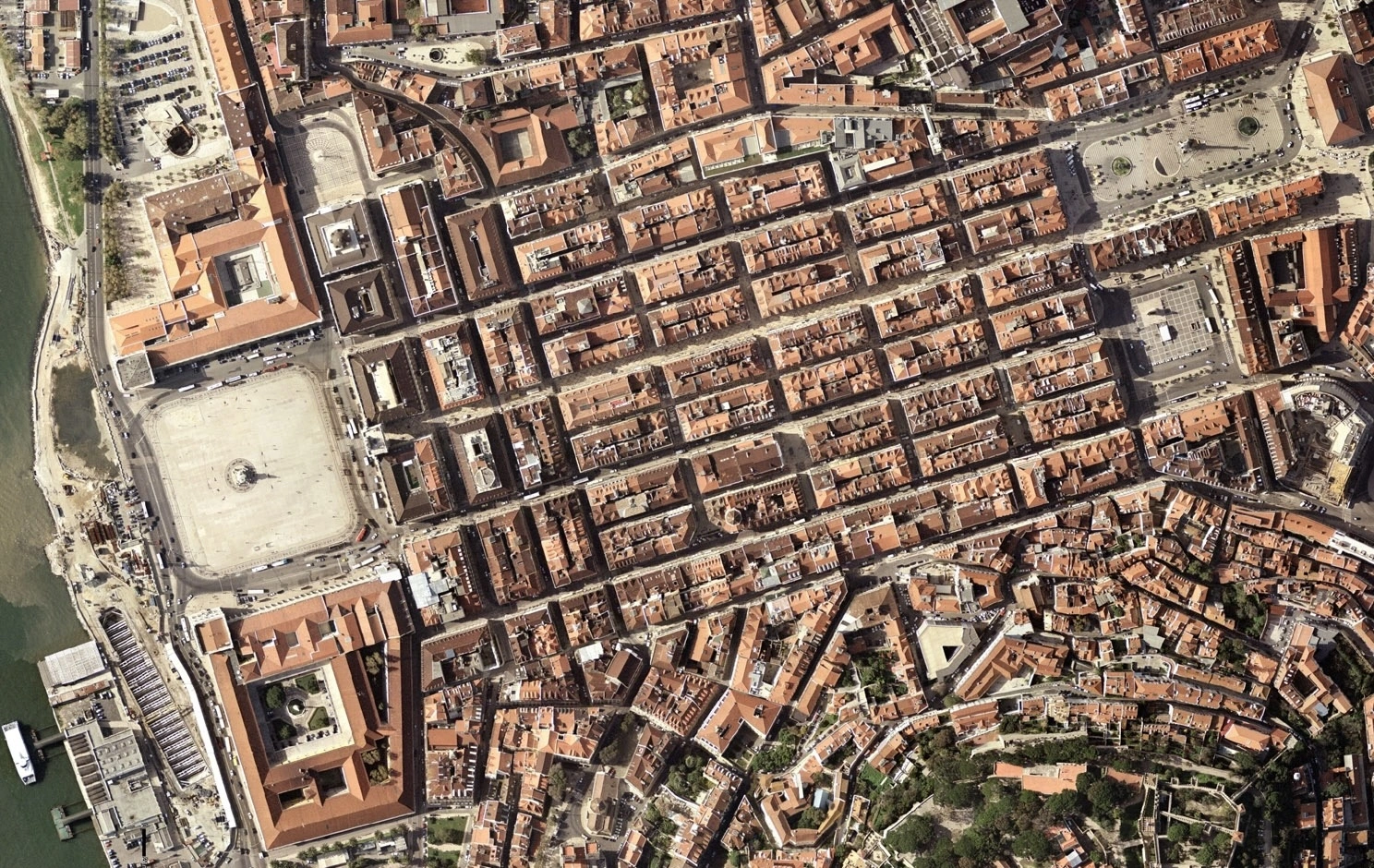Small Picture
Classic neighbourhoods like Campo de Ourique, Príncipe Real or Alfama are far from being worked on as brands. If we compare them with LX Factory, we can see the potential.
With around 9 million inhabitants and a record 21 million visitors in 2019 (pre-Covid and Brexit), London is a city where one of the most exciting intersections between the discipline of branding and destination promotion is taking place. The examples and challenges are becoming increasingly local.
Identity projects developed, on the one hand, for areas of the city such as the energetic King's Cross or the sophisticated Belgravia or, on the other, for buildings such as the Shard, Guerkin, or Scalpel reveal the importance attached to economic agents and developers in transforming neighbourhoods and addresses into brands. They are strategically leading the way in shaping the perception of these destinations to make them more appealing to residents, visitors, investors, or traders.
A brand makes it possible to make the value proposition tangible and differentiated and coherently define a plan of initiatives, whether they are institutional (attracting investors), commercial (boosting local trade), or cultural (promoting the talent and identity of the locality in question). Its application to physical and virtual environments, shared by local players, gives it substance and notoriety in the long term. It also aligns the players in the same direction.
Tourism growth in our cities is still far from producing a similar effect. We are familiar - on a more macro level - with the illustration by the artist José de Guimarães (which gives body to the Turismo de Portugal brand) or with the Porto city brand, a good example of the implementation and consistency of an identity in the territory. However, there is still much to be done.
Despite sporadic initiatives like Beato, classic neighbourhoods such as Campo de Ourique, Príncipe Real, and Alfama are far from being branded. However, if we compare them to LX Factory, for example, we can see the potential.
In a country as dependent on tourism as ours, branding neighbourhoods or buildings would be another step towards telling the story of our cities and highlighting the unique nature of Lisbon, Porto, or Braga, for example. Rossio Station, Galveias Palace, or Casa dos Bicos could aspire to become must-see destinations like Louis Vuitton or Prada, the latter of which are available worldwide.
In Portugal, political instrumentalisation has taken credibility and value away from local branding projects, which are too often developed in an umbilical fashion. In the opposite direction, look at the Helsinki branding process, for example, which involved more than 200 municipal employees over 7 months, involving residents and businesses, among other local stakeholders.
The truth is that by bringing together various players, the methodology itself commits the parties to the project and makes its implementation less dependent on electoral cycles and political colours - circumstances that ultimately make the exercise inconsequential.
Our cities are still devoid of brands that interest us: capable of attracting the right players to preserve and renew their unique history and essence in every block, square, street or building. Generating value locally and emphasising - in a more global context - why we are worth visiting.
Investors and property developers are stakeholders in this process, safeguarding asset appreciation in the medium term. They should, at least until political actors change their perspective, be the driving force behind local branding.
Because in cities like ours, every ‘Rua Castilho 110’ that's born is a missed opportunity for everyone.
